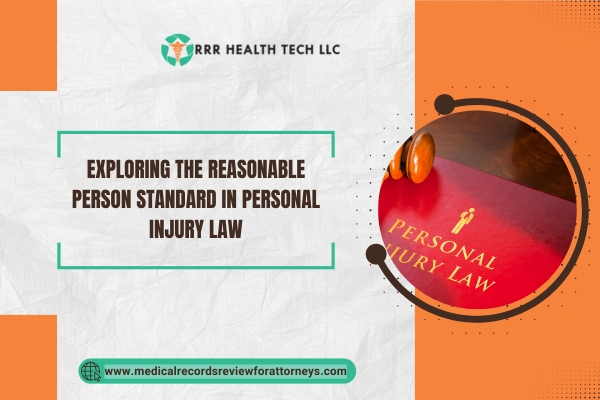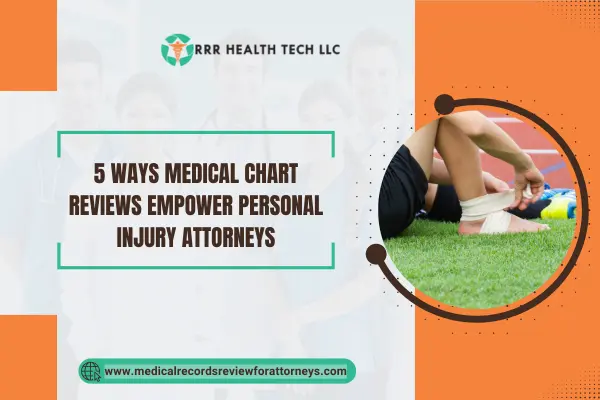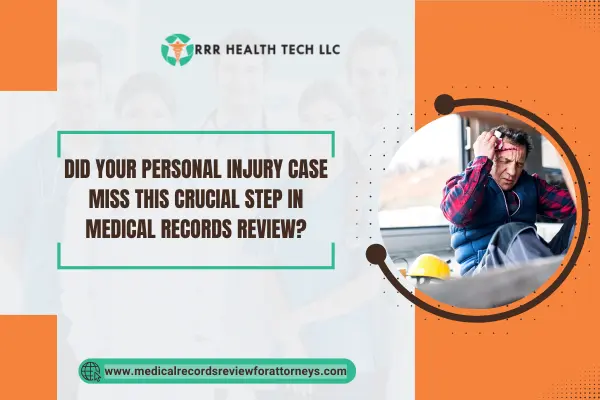
The reasonable person standard is integral in personal injury law as it assists in finding negligence. I will focus on explaining the details of this standard, its relevance in legal matters, and the way medical record analysis services can help lawyers formulate better strategies on behalf of their clients.
Introduction
This standard defines the criteria for what is considered a negligent act. For personal injury cases, this standard is comprehensive and multifaceted. This is why attorneys need to understand the reasonable person standard in order to serve their clients. This article hopes to bring to light the different aspects of the reasonable person standard, its uses, and how medical record analysis works with legal documents.
Reasonable Person Standard
Definition: The reasonable person standard is a legal yard stick to apply on people’s actions for negligence cases. This is a means to determine whether an average person placed in the same circumstances would have reacted differently.
Purpose: To set the basic limits of conduct below which a reasonable person would not sink. This helps to determine the extent of liability in a personal injury claim.
Historical Context – Development
Origins: Considered from the viewpoint of the reasonable person standard, the evolution of this idea has been steeped in English law and has progressed over the years.
Crucial Cases: Certain landmarks such as Blyth v. Birmingham Waterworks Co have become foundational in understanding the application of this standard in contemporary jurisprudence
Application of the Reasonable Person Standard
4.1 In Negligence Cases
• Clarification of Negligence: Negligence exists in a situation where an individual does not exercise a sufficient degree of care and consideration which results in damage or injury to another individual.
• Liability: A court, in attempting to make a judgement on the level of negligence in a case, will apply the reasonable person test to determine if the actions of the defendant were in fact substandard.
4.2 In Medical Negligence
• Level of Care: In medical malpractice claims the reasonable person criterion is usually substituted with the one that relates to a member of the medical profession of a given level of experience.
• Professional Witness: Legal nurse consultants provide a wide range of services that involve the examination of medical records, creating and providing legal documentations, and analyzing whether or not a person that rendered health care services satisfied the standard of reasonable care.
4.3 In Product Liability
• Public Expectation: The reasonable person standard determines the safety of the product as well as deciding what a never mind acting reasonably reasonable person would expect services and products to be designed and produced.
• Example from Cases: It also helps determine whether a reasonable person would have recognized any potential risks associated with a particular product
Elements Shaping a Discerning Reasonable Person
• A Reasonable Person’s Circumstances: The background within which a specific action was done affects how a reasonable person is said to act.
• A Reasonable Person’s Expertise: The standard may change depending on a person’s occupation or area of specialization for example, medicine or engineering.
• A Reasonable Person’s Culture/Tradition/Society: Norms within a given society also have the ability to change reasonable behavior.
Common Misunderstandings
• Subjectivity: Most people tend to think that there is a moderate person standard which is peer centric. In reality, there are specific measures guiding the standard.
• Misconception: Because there are factors taken into consideration, it is not the same as adopting a single approach to take on every case.
The Importance of Medical Records Review Services
• Analysis or Documentation Assessment: These services assume an important task analysing medical documents to which a claim of malpractice or neglect is associated with.
• Define Standards: They can also establish and accept documented methods of reasonable person or care to be compared against.
• Professional Opinion: Medical record evaluators can give professional opinions that are critical in helping leave no doubt unattended towards negligence.
Case Studies
Case Study 1 – Overview, Obstacles, Solutions, and Payment
• Overview: A car accident due to a driver ignoring traffic lights led to a collision is striking a car of a 30-year-old woman.
• Challenges: The defense argued that the traffic light was out of order, adding another layer of complexity to the negligence issues.
• Solutions: A combination of traffic surveillance video analysis, witness interviews, and medical records detailing the woman’s injuries proved that the defendant’s conduct was indeed unreasonable.
Case Study 2: Summary, Challenges, Solutions, and Compensation
• Overview: A 50-year-old male sustained serious injuries when he slipped and fell on a wet floor in a grocery store that did not have warning signs posted.
• Challenge: The store management countered that the man was not exercising attention which would help them in shifting liability.
• Solutions: Analysis of medical records including the man’s injury documents showed he suffered significant injuries, supported by testimony from experts asserting that a prudent store owner would have ensured measures were in place to avoid such incidents.
Conclusion
Attorneys dealing with personal injury cases need to comprehend the ‘reasonable person’ criterion deeply. This standard greatly impacts the assessment of negligence and liability. Legal record review services enable lawyers and their clients strengthen their cases and ensure that clients receive the justice they require.


